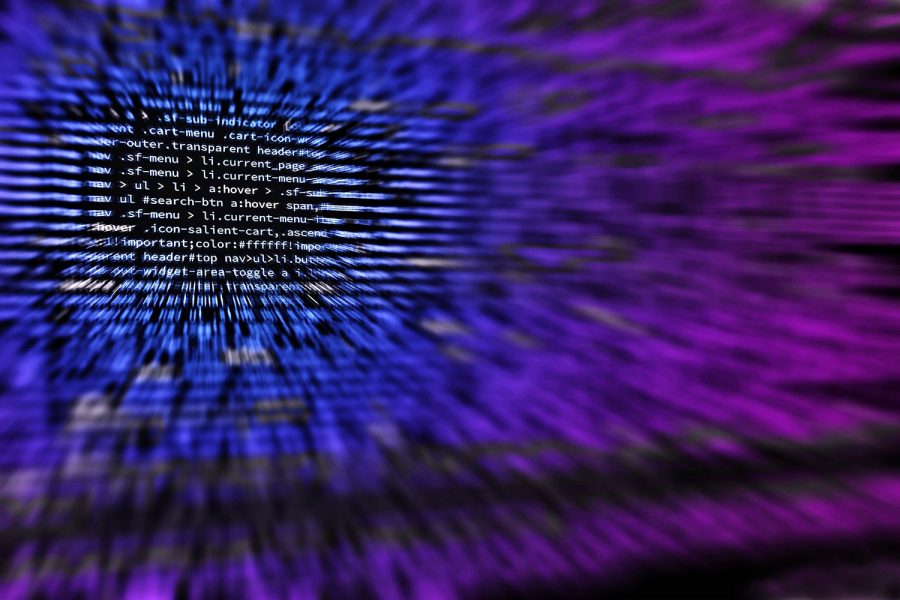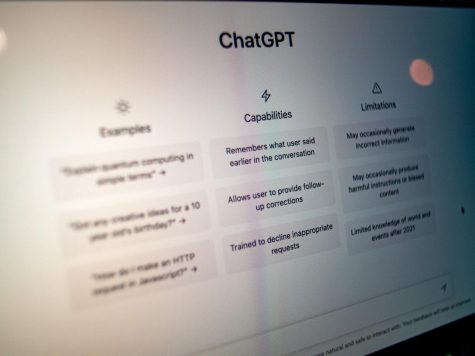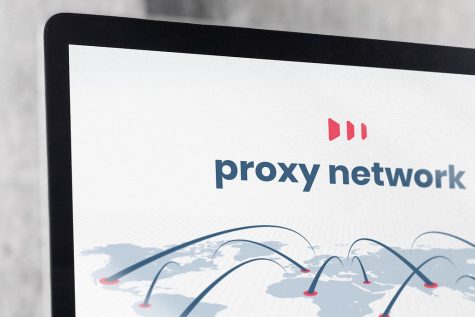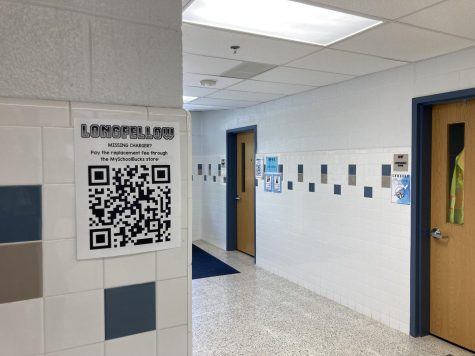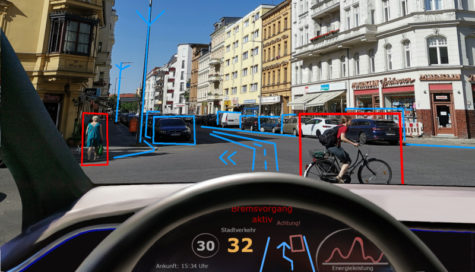Coding Languages Decoded
Coding is growing faster and faster as technology is becoming more important in our everyday lives. Within coding, there are coding languages such as Python and Java. These coding languages have differences, and some people prefer one over another. Finding the right programming language for you and the task at hand can be a huge help for your coding.
Specific Coding Languages are used for specific tasks; for example, Northeastern University states that Python is used in a wide variety of applications, including artificial intelligence, financial services, and data science, but isn’t suitable for mobile application development. Northeastern University and another source, Computer.org, both state that Python is easy to learn and use; therefore, it is one of, if not the most, popular programming languages today.
Longfellow student and avid programmer Max M. characterizes Python as his favorite coding language. “It’s not that hard to grasp and is just as powerful as other coding languages, like Java,” he said.
But the question of which coding language is best misses the point, according to Coding & Tech teacher Kevin VanHall.
“There is no best coding language. They all exist for different purposes and sometimes evolve or change to meet new challenges or purposes. Some languages work better for video games, others for web pages, robotics, phone apps, running calculations.”
Another widely used programming language is the previously mentioned Java. According to Northeastern University, “Java is designed to be a loosely coupled programming language, meaning that an application written in Java can run on any platform that supports Java. As a result, Java is described as the ‘write once, run anywhere’ programming language.” Java is also used in developing client-server applications, which are used by large businesses. The Drawbacks, according to Northeastern University, are that “Java is not ideal for applications that run on the cloud, as opposed to the server (which is common for business applications).”
When starting to learn about programming and computer science, Max M. recommends that younger people learn Python first, claiming it is easier to understand. Then they can move on to something like Java or c++, which are used more often in websites’ applications.
Mr. VanHall suggests a different starting point. “HTML is the best place to start for beginners, it is not a true programming language, but it teaches the concepts in a very simple way. After that, the students should move onto CSS and Javascript. After some experience with this, they can move onto something like C, C++, etc.”
If you are interested in the idea of coding, one place to start is in Van Hall’s Coding & Tech class. “As per the county curriculum for Coding & Tech we do not teach any actual coding languages,” VanHall explained. “We teach coding concepts, principles, and logic. The closest thing to a coding language that we teach is HTML- HyperText Markup Language, which is the format for text on a webpage. It works on many of the same principles as coding for programming; however, it isn’t true programming.”
My research has led me to conclude that as long as you can be efficient with your work and the programming language you use is suitable for the task at hand, it’s hard to go wrong.


